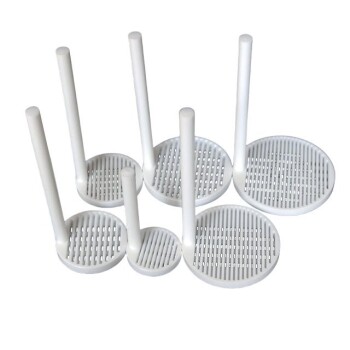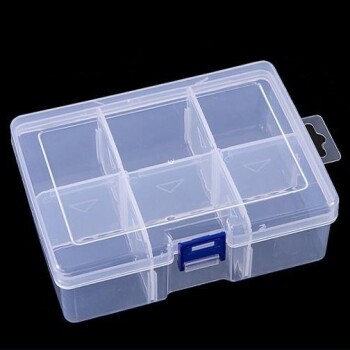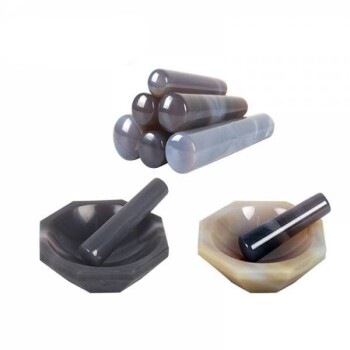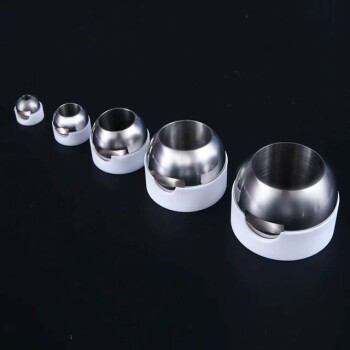Used tires can be repurposed in various ways, offering both practical and environmental benefits. They are commonly used in landscaping as mulch to prevent water loss and weed growth in garden beds. Additionally, they have been utilized in the construction of environmentally-friendly buildings, showcasing their versatility in sustainable practices. Beyond these applications, used tires can also be transformed into rubberized asphalt for road construction, playground surfaces, and even as raw material for manufacturing new products like shoe soles and industrial mats. Recycling tires not only reduces waste but also contributes to resource conservation and innovative solutions in multiple industries.
Key Points Explained:
-
Landscaping and Gardening:
- Mulch for Garden Beds: Recycled tires are often shredded and used as mulch in garden beds. This application helps in retaining soil moisture, thereby reducing water loss, and acts as a barrier to prevent weed growth. The rubber mulch is durable and long-lasting, making it a cost-effective solution for gardeners.
- Erosion Control: Tire shreds can be used to stabilize soil and prevent erosion on slopes and embankments. The material is effective in holding soil in place, especially in areas prone to heavy rainfall or wind.
-
Construction and Building Materials:
- Eco-friendly Buildings: Used tires have been incorporated into the construction of environmentally-friendly buildings. One notable example is the Earthship, a type of sustainable home that uses tires packed with earth as building blocks. These structures are energy-efficient and utilize recycled materials, reducing the environmental impact.
- Rubberized Asphalt: Tires can be processed into rubberized asphalt, which is used in road construction. This material improves the durability and flexibility of road surfaces, reducing cracking and extending the lifespan of roads. It also provides better traction and noise reduction, enhancing driving safety and comfort.
-
Playground and Recreational Surfaces:
- Safety Surfaces: Recycled tire rubber is commonly used to create soft, impact-absorbing surfaces for playgrounds, sports fields, and running tracks. These surfaces provide a safer environment for children and athletes, reducing the risk of injuries from falls.
- Artificial Turf Infill: Crumb rubber from tires is used as infill in artificial turf fields. It provides cushioning, enhances the durability of the turf, and improves the playing experience by mimicking the feel of natural grass.
-
Manufacturing New Products:
- Shoe Soles and Industrial Mats: The rubber from recycled tires can be processed and used to manufacture new products such as shoe soles, industrial mats, and even flooring tiles. These products benefit from the durability and elasticity of rubber, making them long-lasting and versatile.
- Automotive Parts: Some automotive components, such as brake pads and gaskets, can be made from recycled tire rubber. This not only reduces waste but also lowers the production costs for automotive manufacturers.
-
Energy Recovery:
- Tire-Derived Fuel (TDF): Used tires can be converted into tire-derived fuel, which is used as a supplemental fuel in cement kilns, pulp and paper mills, and other industrial facilities. TDF has a high calorific value, making it an efficient energy source that helps reduce the reliance on fossil fuels.
- Pyrolysis: Pyrolysis is a process that breaks down tires into oil, gas, and carbon black. These by-products can be used in various industrial applications, including as raw materials for manufacturing new rubber products or as fuel sources.
-
Art and Decorative Uses:
- Sculptures and Furniture: Artists and designers have creatively repurposed used tires into sculptures, furniture, and decorative items. These unique creations not only give tires a second life but also raise awareness about recycling and sustainability.
- Planters and Garden Decor: Tires can be painted and transformed into colorful planters or garden decorations. They are durable and weather-resistant, making them ideal for outdoor use.
In conclusion, used tires have a wide range of applications that extend beyond their original purpose. From landscaping and construction to manufacturing and energy recovery, recycling tires offers numerous environmental and economic benefits. By repurposing tires, we can reduce waste, conserve resources, and promote sustainable practices across various industries.
Summary Table:
| Application | Benefits |
|---|---|
| Landscaping & Gardening | - Mulch for garden beds: retains moisture, prevents weeds. |
| - Erosion control: stabilizes soil on slopes. | |
| Construction Materials | - Eco-friendly buildings (e.g., Earthships). |
| - Rubberized asphalt: durable roads with better traction. | |
| Playground Surfaces | - Safety surfaces: reduces injury risks. |
| - Artificial turf infill: mimics natural grass. | |
| Manufacturing New Products | - Shoe soles, industrial mats, flooring tiles. |
| - Automotive parts: brake pads, gaskets. | |
| Energy Recovery | - Tire-derived fuel: efficient energy source. |
| - Pyrolysis: produces oil, gas, and carbon black. | |
| Art & Decorative Uses | - Sculptures, furniture, and garden decor. |
Learn how repurposing tires can benefit your projects—contact us today for expert advice!










